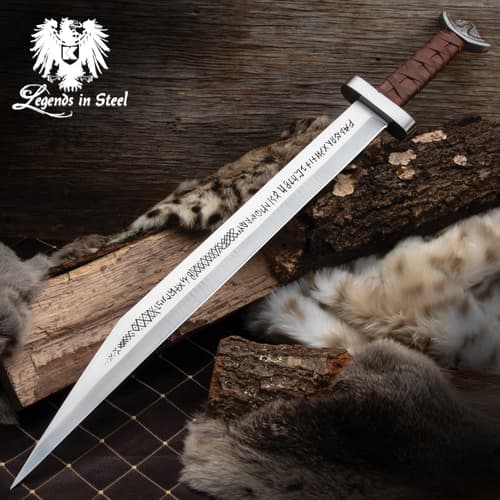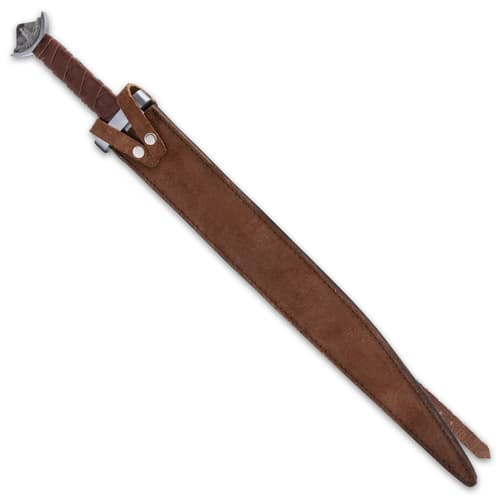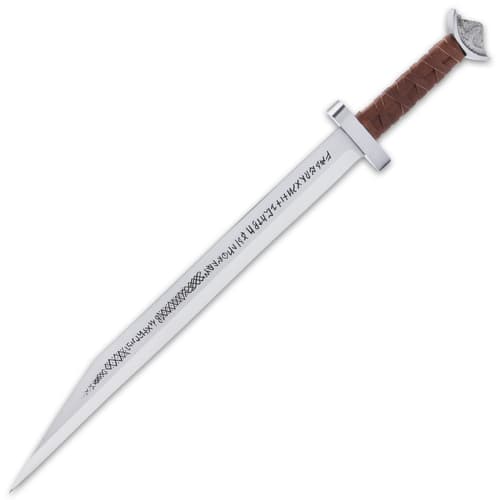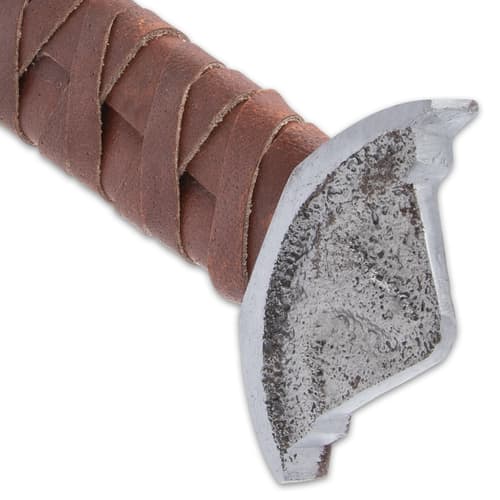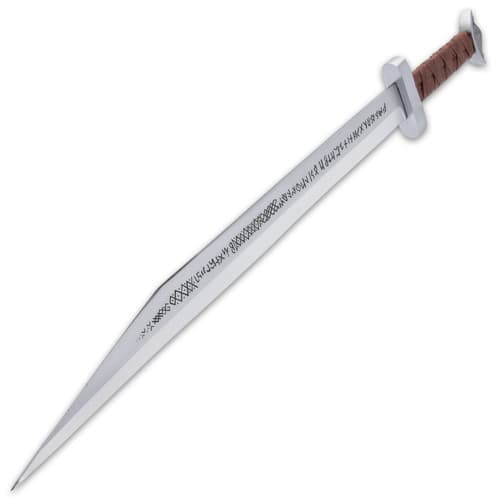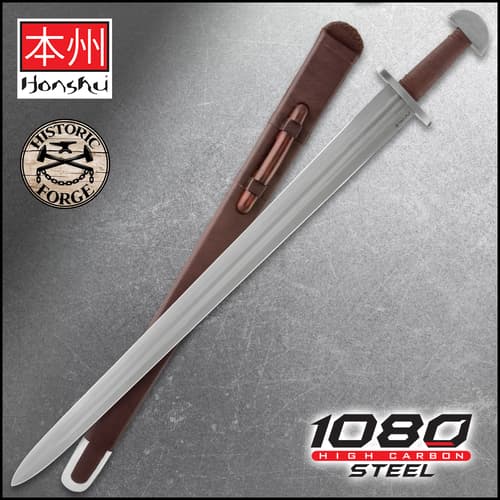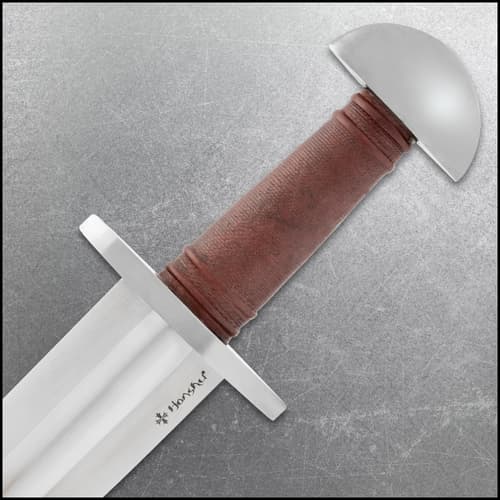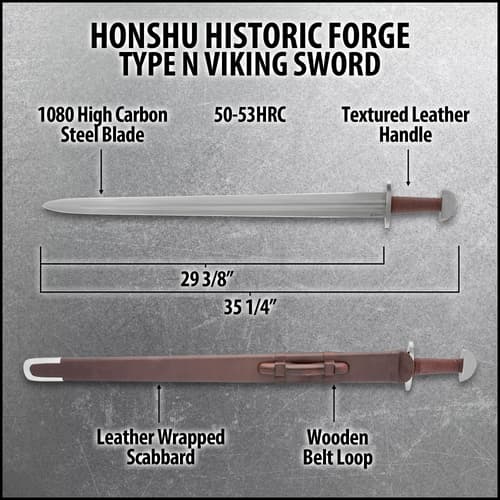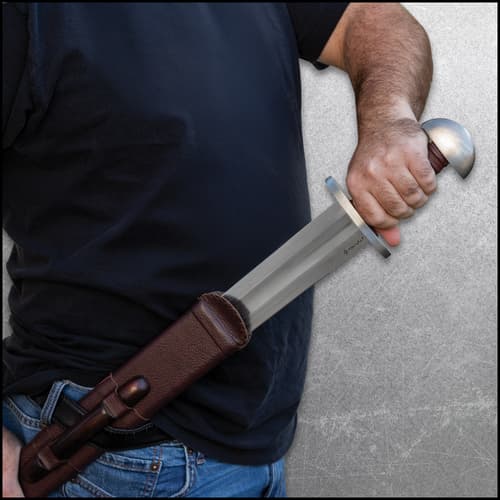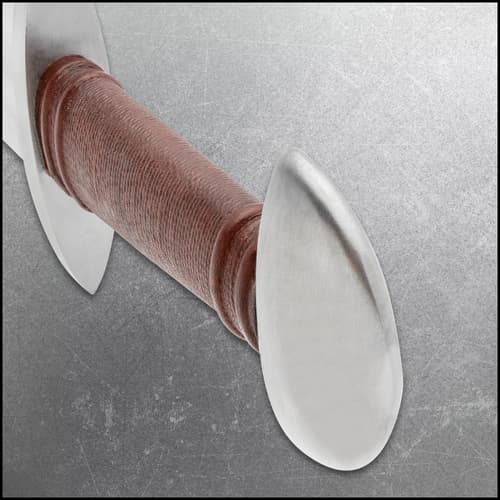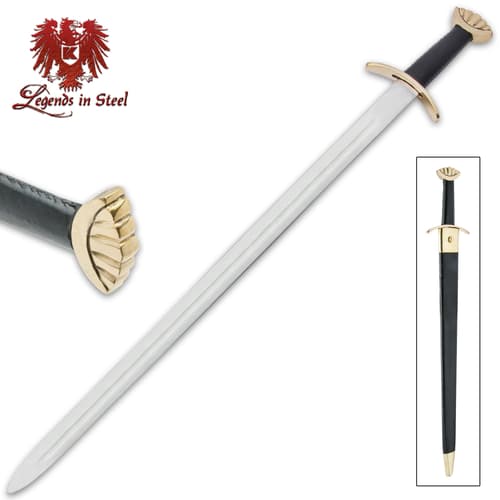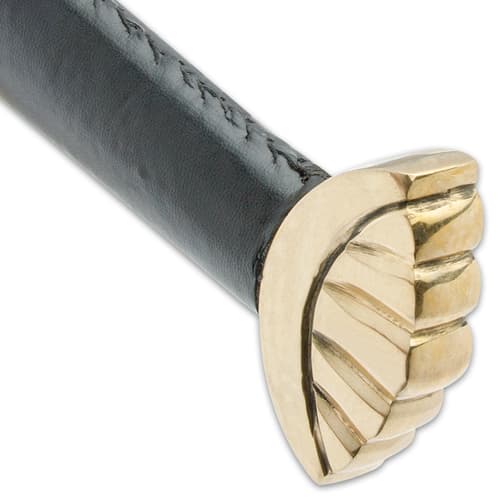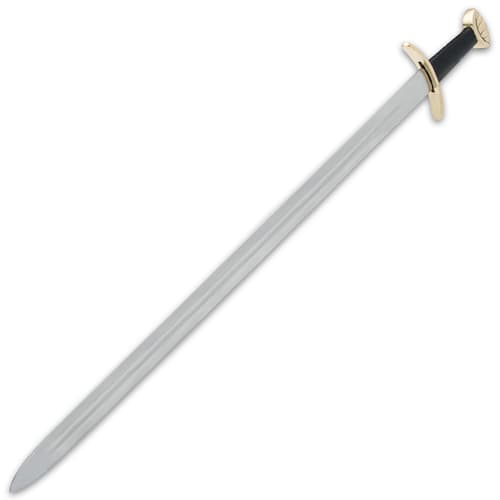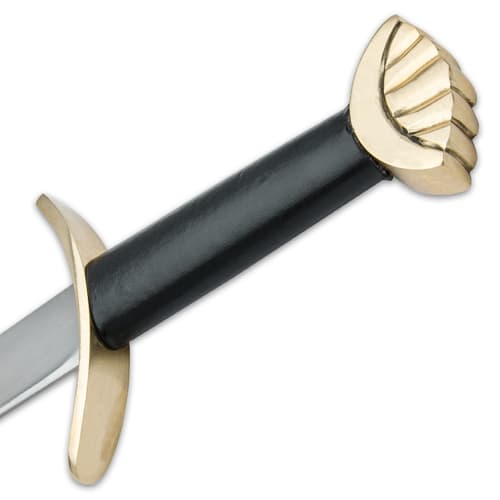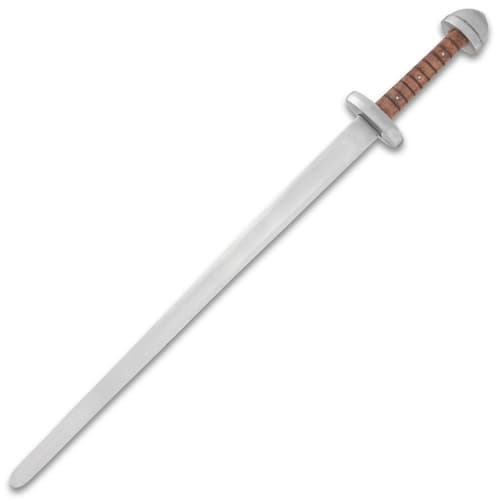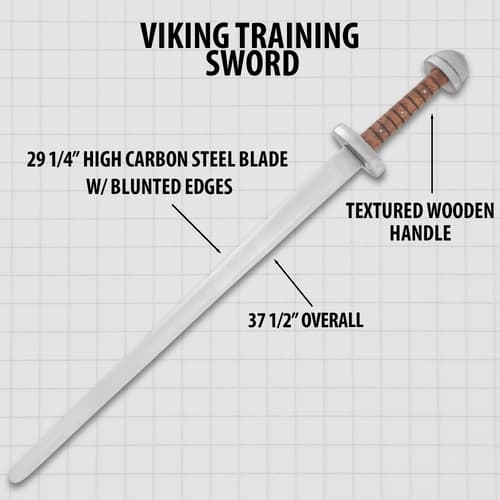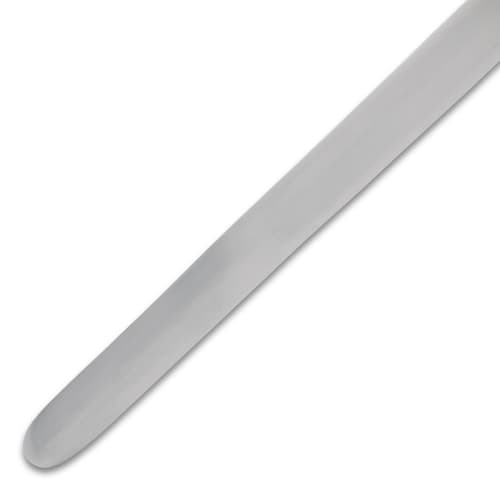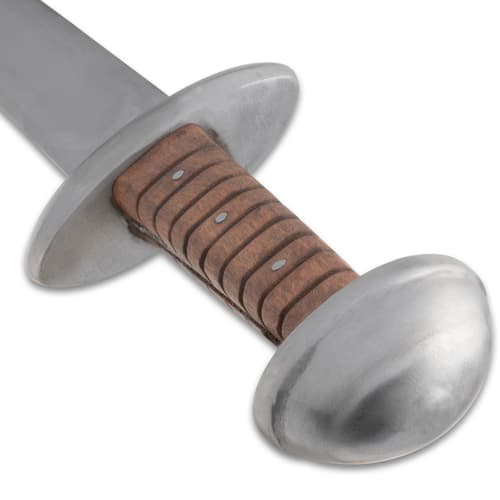A Historical Overview of Viking War Tactics and Combat
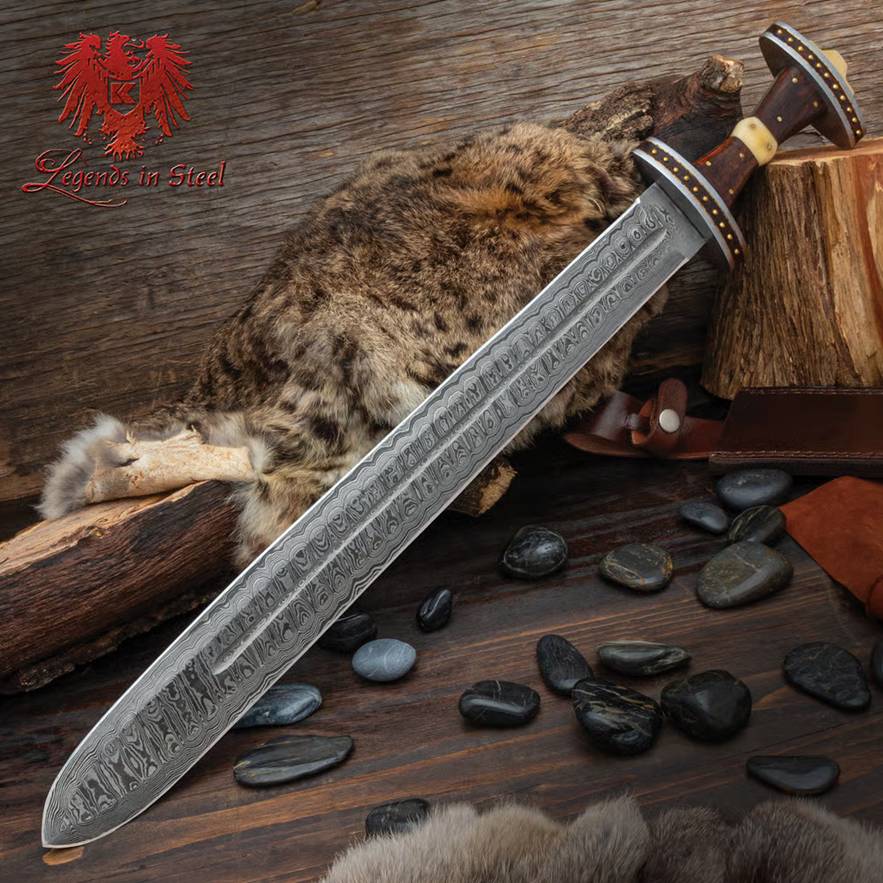

The Vikings, seafaring warriors from Scandinavia, carved their legacy into the annals of European history between the 8th and 11th centuries. Known for their fearless raids, swift longships, and legendary sagas, the Vikings were more than just brutal marauders. They were tacticians, craftsmen, and warriors with a nuanced understanding of battle. This article delves into Viking war tactics and combat styles, exploring the pivotal role of the Viking sword and the broader framework of their military culture.
The Viking Warrior Ethos
At the heart of Viking warfare was the warrior ethos: a blend of honor, fearlessness, and fatalism. The belief in Valhalla, a warrior’s paradise in the afterlife, encouraged berserker-like bravery. Glory in battle was considered the highest honor, and dying in combat was seen as the ultimate victory. Viking society was not organized around standing armies, but rather small bands of warriors, often led by a local jarl (noble). These were not conscripts, but free men with combat experience and a personal stake in victory. Reputation and strength defined leadership, and loyalty was earned through proven martial prowess.
The Nature of Viking Warfare
Contrary to the image of frenzied berserkers attacking with no plan, Vikings employed a combination of shock tactics, mobility, and strategic raids. Their hallmark was speed and unpredictability, made possible by their longships—sleek, shallow-draft vessels that allowed for quick landings on coasts, rivers, and fjords.
Key Tactical Features:
- Surprise Attacks: Viking raids typically began at dawn. Monasteries, coastal towns, and poorly defended villages were prime targets.
- Mobility and Escape: Longships could carry dozens of warriors and allowed for fast retreats if a battle turned unfavorable.
- Psychological Warfare: Horned helmets may be a myth, but the ferocity of Viking warriors, their war cries, and stories of berserkers spread terror across Europe.
- Flexibility in Formation: Vikings did not follow rigid military formations like Roman legions but used adaptable groupings, usually shield walls.
The Shield Wall and Skjaldborg
One of the most iconic Viking formations was the skjaldborg, or shield wall. Warriors stood shoulder to shoulder with their shields overlapping, creating a phalanx-like barrier. This tactic provided protection against arrows and melee strikes while allowing for thrusting attacks between shield gaps.
- Frontline Warriors: Heavily armed with swords, axes, and spears.
- Second Line: Ready to replace the fallen or wounded and deliver overhead attacks.
- Flankers: More mobile fighters that could break off and encircle the enemy if needed.
Shield walls required discipline and cohesion—once broken, they could lead to devastating losses. This tactic exemplified the Viking balance between individual valor and collective defense.
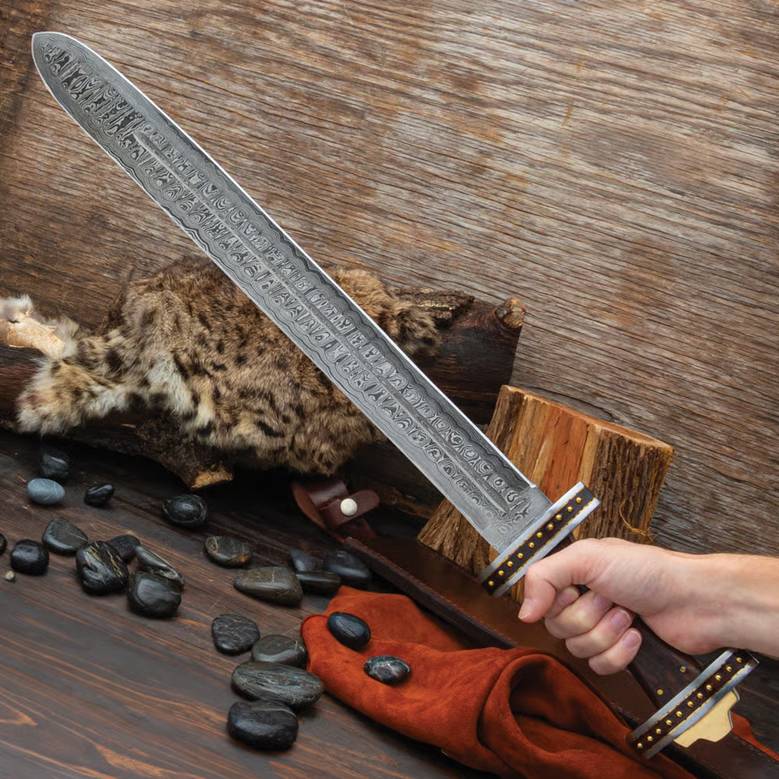

Viking Weapons and Combat Style
Vikings wielded a range of weapons, each suited to a specific combat role. But none carried the prestige and symbolic power of the Viking sword.
Viking Swords: Symbol of Status and Slaughter
The Viking sword was typically a double-edged, one-handed weapon, usually around 90 cm (35 inches) long. Early examples, like the Frankish-influenced spatha, evolved into distinct Scandinavian designs by the 10th century.
Viking Swords: Symbol of Status and Slaughter
The Viking sword was typically a double-edged, one-handed weapon, usually around 90 cm (35 inches) long. Early examples, like the Frankish-influenced spatha, evolved into distinct Scandinavian designs by the 10th century.
Characteristics:
- Pattern-welded blades: Layers of iron and steel twisted together for strength and flexibility.
- Lobed or trilobate pommels: Helped balance the sword and were often richly decorated.
- Inscribed Blades: Some bore inscriptions like “ULFBERHT,” denoting superior craftsmanship—possibly of Frankish or Rhineland origin.
Only the wealthiest warriors or chieftains owned swords, making them a mark of nobility. A sword was often passed down through generations and even buried with its owner, sometimes ritually bent to render it unusable to grave robbers or spirits. In battle, these viking swords were secondary weapons, used after an initial spear or axe attack. Their sharpness, weight, and balance made them effective for slashing in close quarters.
Axes: The Everyman’s Weapon
Contrary to popular belief, axes—not swords—were the most common Viking weapon. From simple woodcutting tools to elaborate bearded axes, they were versatile, deadly, and could hook shields or limbs. Some elite warriors used Dane axes, long-handled two-handed weapons capable of cleaving through armor or horses.
Contrary to popular belief, axes—not swords—were the most common Viking weapon. From simple woodcutting tools to elaborate bearded axes, they were versatile, deadly, and could hook shields or limbs. Some elite warriors used Dane axes, long-handled two-handed weapons capable of cleaving through armor or horses.
Spears and Javelins
Spears were ubiquitous and practical. A warrior might carry multiple throwing spears and one thrusting spear. The spear was used in both offensive throws and defensive counters, especially in shield wall formations.
Spears were ubiquitous and practical. A warrior might carry multiple throwing spears and one thrusting spear. The spear was used in both offensive throws and defensive counters, especially in shield wall formations.
Bows and Slings
While not as iconic, archery played a key role in softening enemy lines before a melee. Viking bows could have draw weights of up to 100 pounds, with arrows tipped in iron. Skirmishers and hunters often doubled as archers.
While not as iconic, archery played a key role in softening enemy lines before a melee. Viking bows could have draw weights of up to 100 pounds, with arrows tipped in iron. Skirmishers and hunters often doubled as archers.
Berserkers and Úlfhéðnar: Myth or Reality?
One of the most enduring images is that of the berserker, a warrior who fought in a trance-like fury, impervious to pain and fear. Historical records, like those of Snorri Sturluson, describe berserkers wearing wolf or bear skins, entering battle howling, biting shields, and exhibiting supernatural strength. While some scholars suggest this may have been enhanced by ritual practices or even psychoactive substances (like fly agaric mushrooms), others argue it was mythologized posthumously. Nonetheless, berserkers likely served as shock troops, terrifying enemies and disrupting lines.
Naval Warfare and Amphibious Assaults
The Viking mastery of naval tactics cannot be overstated. Longships were designed for both riverine and open-sea operations. A Viking fleet could land, raid, and disappear before local forces could muster a defense. During larger campaigns, such as those in England and Francia, Vikings even used rivers to reach inland targets like Paris. In the Siege of Paris (845 AD), Ragnar Lothbrok’s forces sailed up the Seine and extorted a massive ransom from Charles the Bald.
Defensive Tactics and Fortifications
While offensive raids dominate popular memory, Vikings also built fortified settlements and defended their holdings. Ring forts like Trelleborg and Fyrkat in Denmark demonstrate organized planning, with geometric layouts and ramparts. Later in the Viking Age, especially during the Danelaw period in England, Viking leaders shifted toward more traditional warfare and static defense as they established permanent control over land.
Decline of Viking Dominance
As European kingdoms adapted, Viking tactics became less effective. Fortified towns, standing armies, and better coordination made raids riskier. Additionally, the Christianization of Scandinavia changed warrior culture. By the 11th century, Viking warfare had evolved into feudal-style combat, and the era of seaborne raiders faded. However, the legacy of their tactics lived on, influencing medieval European warfare and continuing to captivate the modern imagination.
Legacy of the Viking Warrior
Viking war tactics were a blend of bold innovation, ruthless efficiency, and cultural symbolism. The sword, though not the most common weapon, embodied the Viking spirit: personal valor, status, and the artistry of destruction. From shield walls to swift longships, their strategic adaptability allowed them to challenge and reshape the medieval world.
Today, you can grab a piece of that history for yourself with the help of high-quality historical sword replicas, like the kind we offer here at True Swords. Crafted with care toward the original elements that gave these swords their identity, each works perfectly as a statement display piece for collectors as well as excellent historical reenactment props or viking cosplay photoshoots. Browse our selection today and carry on the legacy.
